In Europe During The 1930s Economic Instability Led To The

Great depression great depression causes of the decline.
In europe during the 1930s economic instability led to the. 1 collectivization 2 economic hardship. This topic will explain how the political situation escalated from the hope of the grand coalition in 1928 to the dismissal of von schleicher and the end of the weimar republic in 1933. The fundamental cause of the great depression in the united states was a decline in spending sometimes referred to as aggregate demand which led to a decline in production as manufacturers and merchandisers noticed an unintended rise in inventories. War debts and reparations inadequate international co operation and the absence of international institutions that could.
Society and its economic system. In a short period of time world output and standards of living dropped precipitously. This economic instability also resulted to political instability in many parts of the world. Source for information on europe great depression in.
Europe great depression inworld war i exacerbated old problems and created new challenges. The most devastating impact of the great depression was human suffering. The economic problem was not only present in europe but it is a problem worldwide. Growth expanded opportunity while economic instability led to new efforts to reform u s.
As much as one fourth of the labour force in industrialized countries was unable to find work in the early 1930s. The sources of the contraction in spending in the united states varied over the. During world war ii commentators became convinced that the selfish economic nationalism that characterized the 1930s had played a key role in exacerbating the international tensions that ultimately led to armed conflict. While conditions began to improve by the mid 1930s total recovery.
Great depression great depression economic impact. During the 1920s the combination of economic collapse and political radicalism had culminated in the general strike of 1926 but divisions among labor leaders and sympathizers and the determination of the conservative. In europe during the 1930s economic instability led to the 1 rise of fascist dictatorships 2 development of nuclear arms 3 abandonment of colonial territories 4 establishment of the league of nations what was a key cause for the rise of fascism in nations such as italy and germany. During the 1930s in europe the country faced an economic instability that leads to the rise of fascist dictatorships.
The struggle to overcome these difficulties played an important role in determining the character and duration of the great depression in europe. Dictators were able to rise to power easily during the 1930s because of the recent world war and a world wide depression. In britain increasing economic distress led to waves of protests in 1930 and 1931 organized by a group of militant activists. The political instability in the late 1920s and early 1930s played an important role in helping the nazis rise to power.



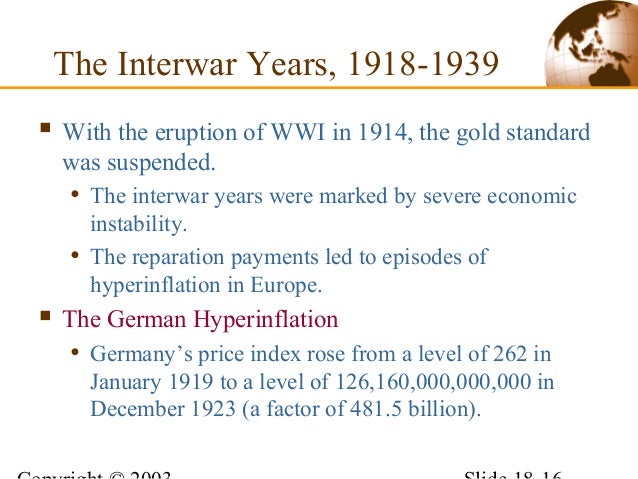


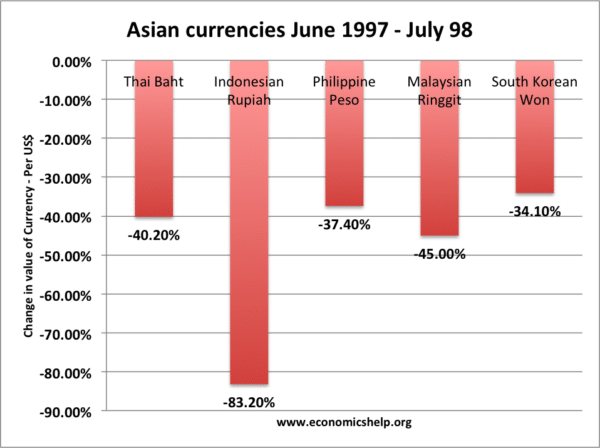





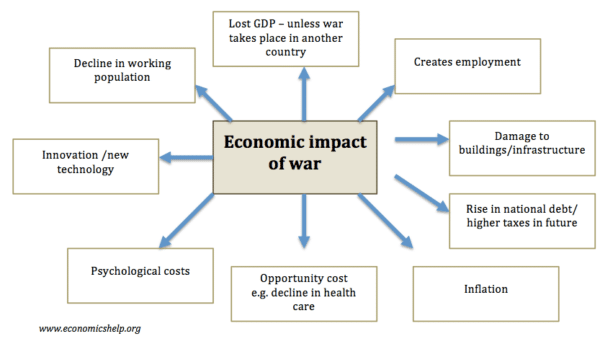






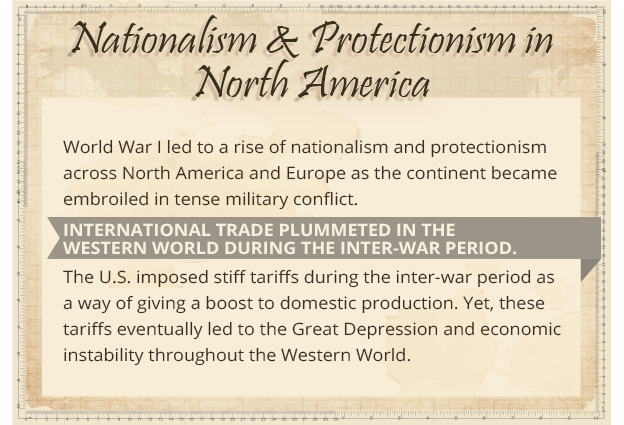




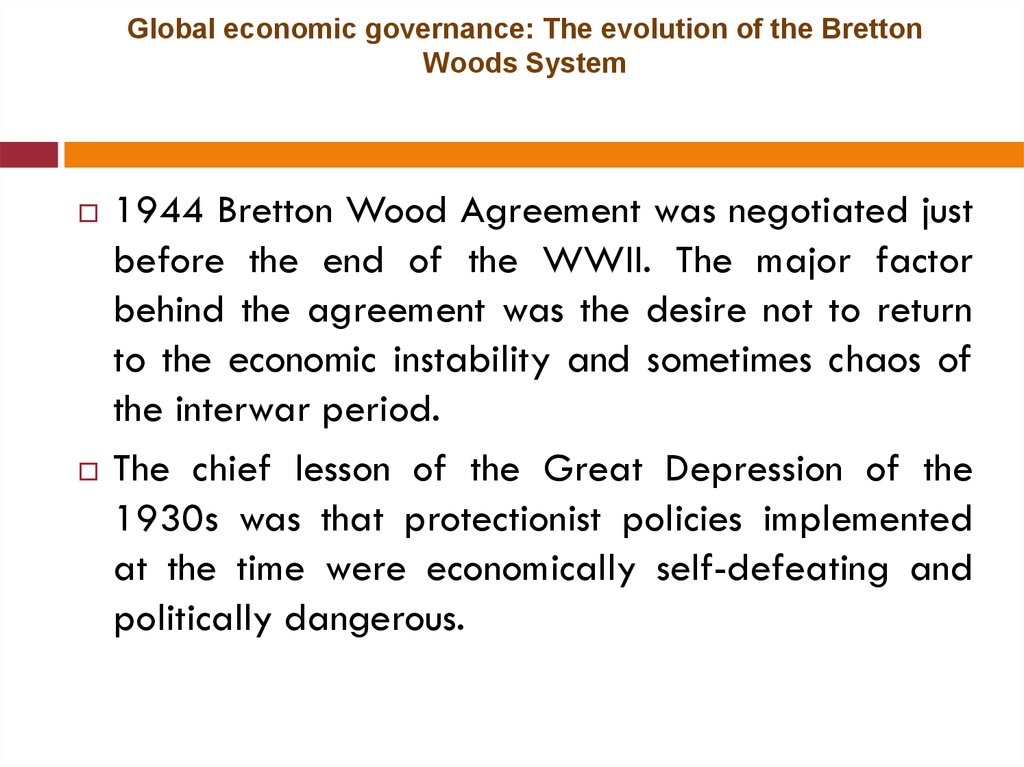

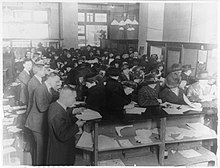
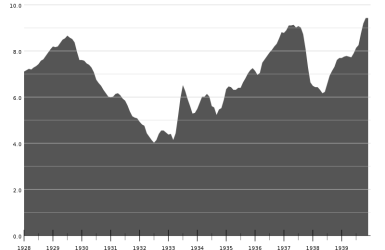

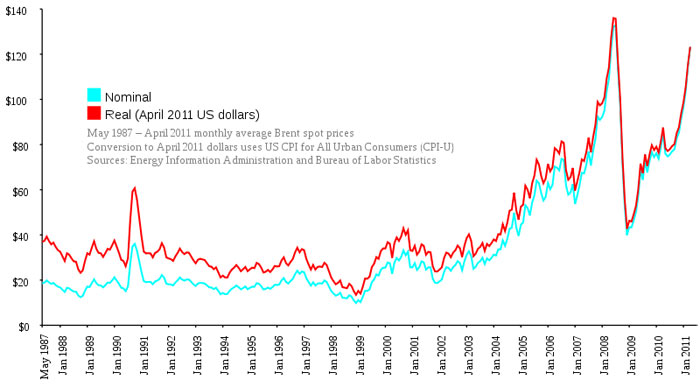

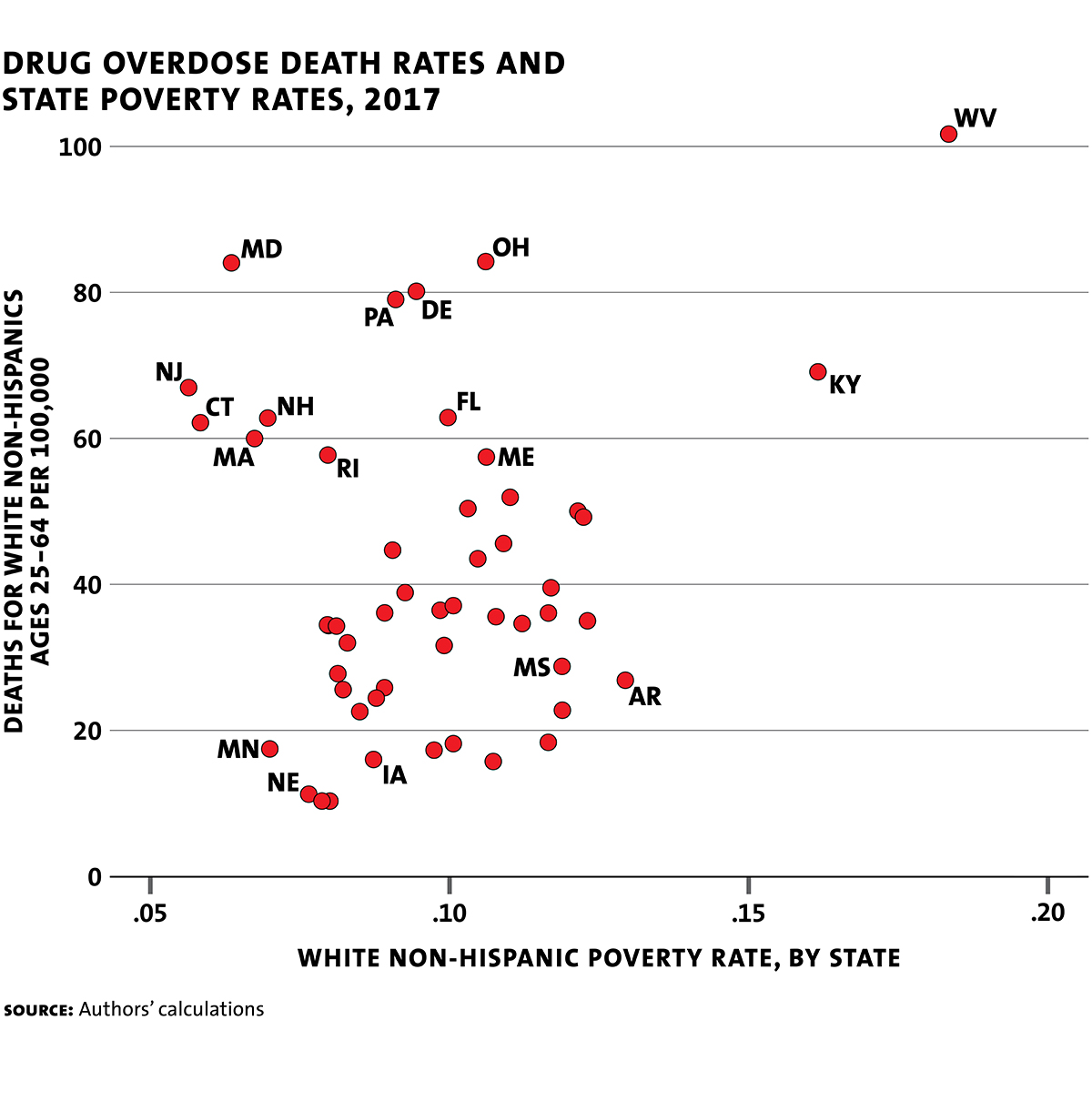




/dotdash_Final_What_is_the_Gold_Standard_Aug_2020-01-69c4a997a13c47b5ad16e16d9a91d59a.jpg)


